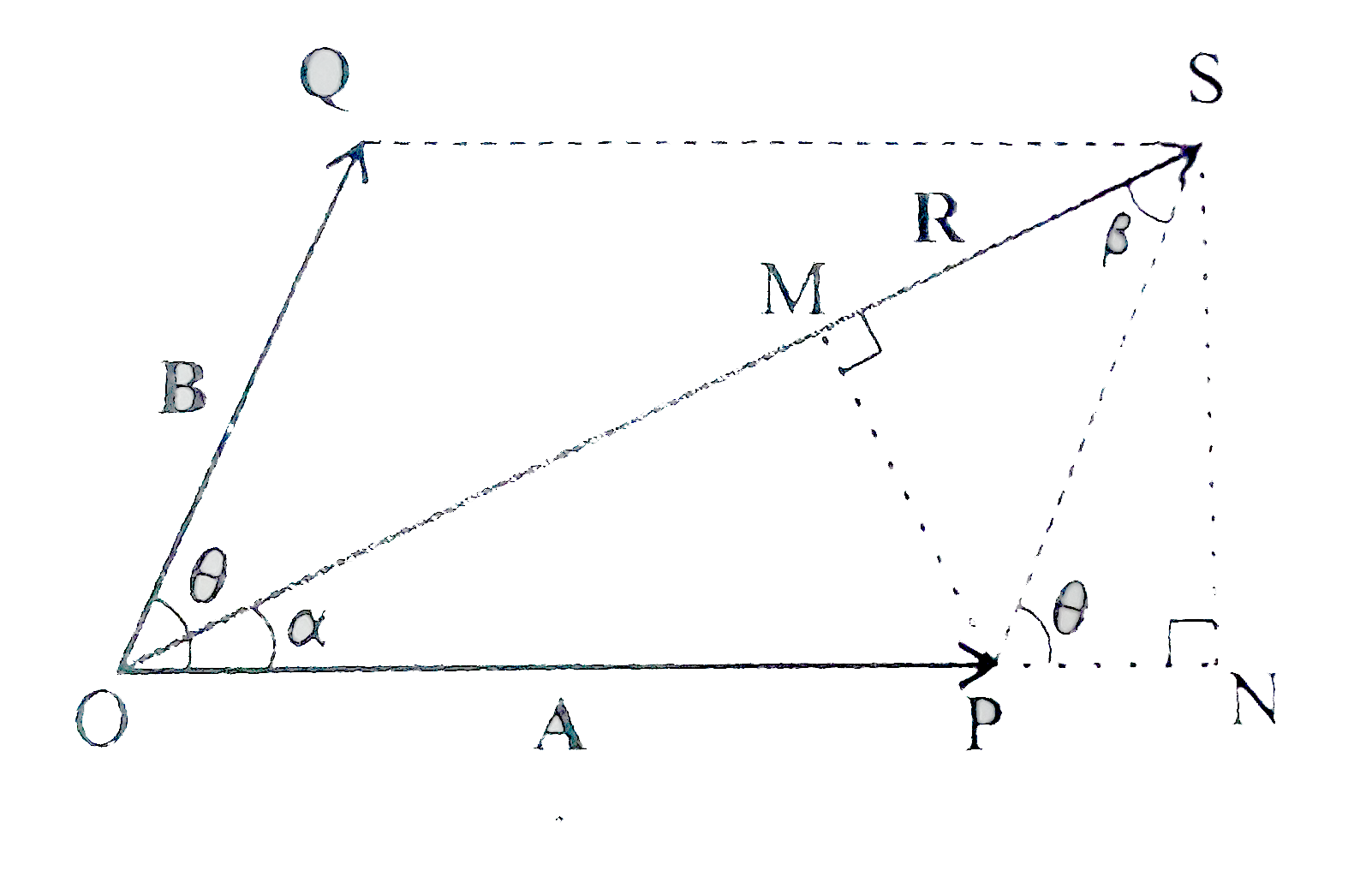For the resultant of two vectors to be maximum , what must be the angle between them ?
A
0∘
B
60∘
C
90∘
D
90∘
Video Solution
Text Solution
The correct Answer is:A
(a) Resultant of two vectors will be maximum when they are parallel,i.e., angle between them is zero.
|
Topper's Solved these Questions
- SCALARS AND VECTORS BOOK - MHTCET PREVIOUS YEAR PAPERS AND PRACTICE PAPERSCHAPTER - SCALARS AND VECTORS EXERCISE - Exercise 2 (Miscellaneous Problems)
20 Videos
- SCALARS AND VECTORS BOOK - MHTCET PREVIOUS YEAR PAPERS AND PRACTICE PAPERSCHAPTER - SCALARS AND VECTORS EXERCISE - Exercise 2 (Miscellaneous Problems)
20 Videos
- ROTATIONAL MOTION'BOOK - MHTCET PREVIOUS YEAR PAPERS AND PRACTICE PAPERSCHAPTER - ROTATIONAL MOTION'EXERCISE - MHT CET Corner
35 Videos
- SEMICONDUCTORSBOOK - MHTCET PREVIOUS YEAR PAPERS AND PRACTICE PAPERSCHAPTER - SEMICONDUCTORSEXERCISE - MHT CET Corner
25 Videos
Similar Questions
Knowledge Check
For the resultant of the two vectors to be maximum, what must be the angle between them
A0∘B60∘C90∘D180∘The resultant if two vectors will be maximum, if they are_________.
Aequal vectorsBparallel vectorsCcoplanar vectorsDorthogonal vectorsThe resultant of two vectors at right angles is 5 N. If the anagle between them is 120∘ and the resultant is √13 then the vector are
A3 N,4 NB√2N,√5NC√3N,√4ND√7N,√3N
The resultant of two equal velocities is equal to either. What is the angle between them?
View SolutionProve that the resultant of two vector of equal magnitude is equal to either vector if the angle between the two vector is 120∘
View SolutionTwo vectors →A and →B have precisely equal magnitudes. For the magnitude of →A+→B to be larger than the magnitude of →A−→B by a factor of n, what must be the angle between them?
View SolutionThe resultant of two forces of magnitude 5 N and 3 N trisects the angle between them. Calculate the angle between them.
View SolutionFind the magnitude and direction of the resultant of two vectors A and B in the terms of their magnitudes and angle θ between them.

View Solution
